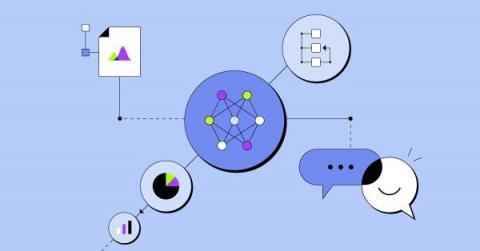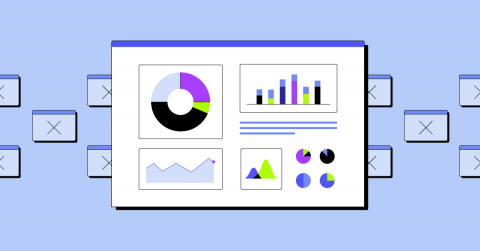Systems | Development | Analytics | API | Testing
ThoughtSpot
Integrating Data into a Culture of Innovation
4 ways GPT will change the data and analytics industry
The GPT euphoria got doused with some reality recently as Samsung employees realized they were sending false information to customers and Italy outright banned ChatGPT. The hype and concerns further accelerated last week with the godfather of AI, Hinton, resigning from Google, President Biden summoning AI leaders to Washington, and several stocks nose-diving on the threats generative AI poses to their business models.
ThoughtSpot Invisible BI Demo
Goldcast is revolutionizing Martech with ThoughtSpot Everywhere
How to perform data analysis in spreadsheets
Traditional BI has always been wrought with login friction. It’s very much a “pull” motion. In order to get the answers you need, you have to stop what you are doing “over there” and access the data you need “over here.” To disrupt this old way of thinking we launched ThoughtSpot for Sheets back in October 2022. And of course, the first thing a lot of customers asked was – "this is great, do you have something for Excel?" 🤦
What is the modern data experience?
Business is won or lost based on the quality of the experience you deliver to customers, partners, vendors, and employees. These experiences are built entirely on data. Harnessing data to deliver value is the single most powerful way to engage today’s demanding consumers—not to mention capturing market share and accelerating strategic decision-making. But there's a problem.
Getting Started with ThoughtSpot for Excel
What's new in ThoughtSpot Analytics Cloud 9.2.0
Managing technical debt: How to go from 12 BI tools to 1
CIOs are fed up with having a plethora of BI and analytics tools with business units seemingly chasing the shiniest new solution. And although most industry surveys show data and analytics budgets continuing to grow despite a faltering economy, there is closer scrutiny and belt tightening to rid teams of overlapping capabilities. Here’s a look at how BI tool portfolios have become such a mess and how to streamline them.











